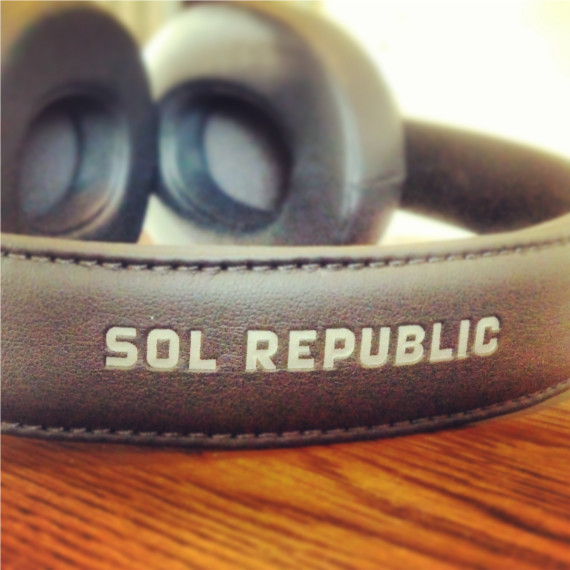
These parameters include the file type, sample rate, bit depth, format and more. Here, you will be given different options to set different parameters for the file you’re about to create. When you’re ready to bounce your track, open your DAW’s bounce dialogue window. In this lesson, we’ll cover all of this as well as explaining which file types to use, online vs offline bouncing and some of the other reasons you might want to bounce down the audio in your sessions.īefore we go any further, if you want to make better music in your home studio, then be sure to download your free home studio bundle here (EQ cheat sheet, compression cheat sheet, & vocal guide). Which format, which sample rate and which bit depth to use are all common questions. The correct way to bounce audio can seem tricky at first.

Or it could be a bounce of your mix to send off for mastering. This could be a bounce of your finished song that you can then release on iTunes or stream on Spotify. In modern day digital audio, the term ‘bouncing’ or ‘exporting’ refers to the process of turning either some or all of the things that are going on in your session into an audio file.


 0 kommentar(er)
0 kommentar(er)
